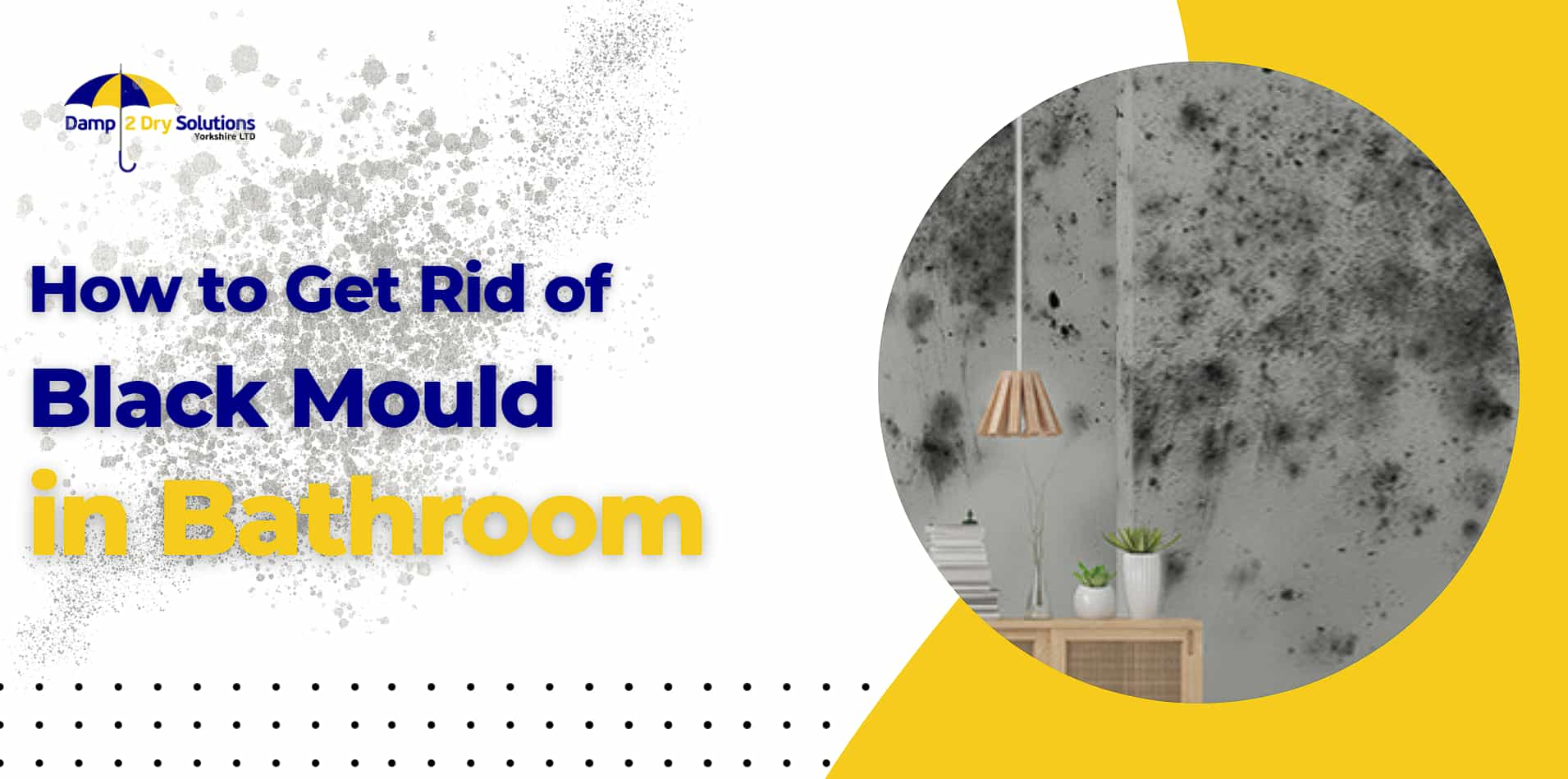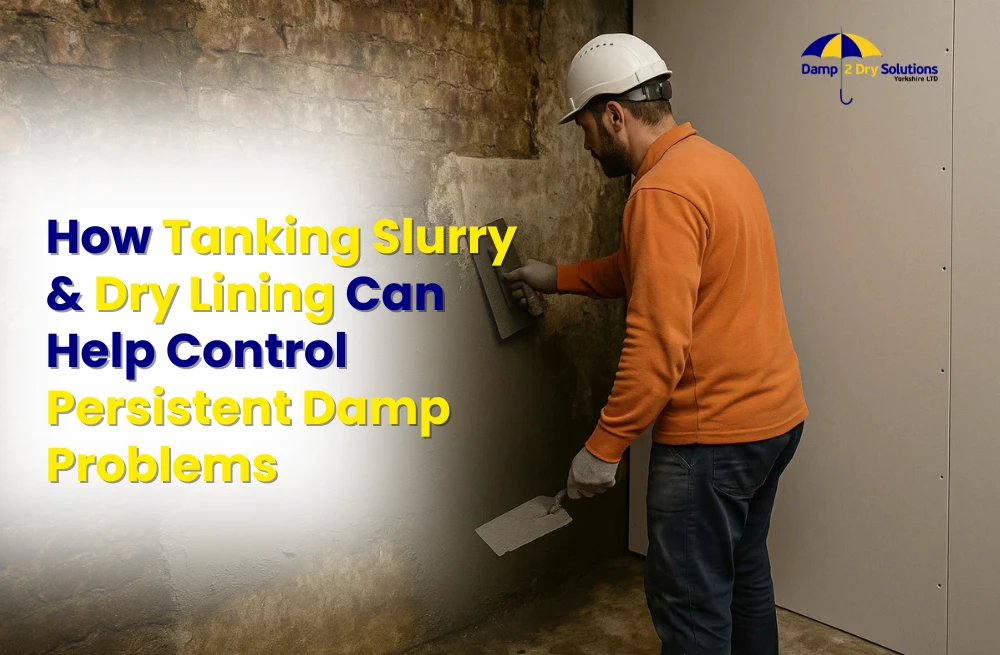Black mould is a dreaded sight in any bathroom. It can cause unpleasant odours, respiratory problems, and even health risks.
In the UK, damp and mould affect more than 1 million homes, especially in bathrooms where poor ventilation traps moisture and creates the perfect environment for mould to grow.
But don’t panic if you spot black mould in your bathroom. There are effective ways to get rid of it and prevent it from coming back. In this blog post, we will show you how to deal with the black mould problem in your bathroom and enjoy a cleaner, healthier, and fresher space.
What is black mould?
Black mould is a type of fungus that thrives in humid and damp conditions inside your house. It usually appears as black patches on ceilings, walls, and other surfaces. It can be harmful to your health because it produces mycotoxins, which can cause respiratory problems, allergies, and other health issues.
A study by the World Health Organization found that exposure to mould indoors can lead to respiratory symptoms, allergies, and asthma.
When you clean the mould, these toxins can be released into the air and you can breathe them in. This can affect your respiratory system and make you feel unwell. Black mould can also lower the value of your home by up to 30%, according to a study by the University of Connecticut.
Therefore, it is important to deal with this problem as soon as you can before it gets worse and affects your health. You may need professional help to get rid of the mould and stop it from coming back. Now, let’s quickly jump into the primary cause of black mould in the bathroom.
What causes black mould in the bathroom?

Excess moisture and humidity often lead to black mould in the bathroom. The bathroom is a prime location for black mould growth due to poor ventilation, high humidity, and other factors. Some of the main causes of black mould development in the bathroom are:
Poor ventilation– Poor ventilation in a room prevents the air and moisture generated by daily activities, such as cooking, showering, and washing, from escaping. This can increase humidity levels, creating an environment that is ideal for black mould to grow.
Leaks -Leaky pipes, taps, or shower heads can cause water to build up in the bathroom, creating a damp environment for mould growth.
Moisture-rich surfaces– Porous materials, such as shower curtains, rugs, and towels, can retain moisture and promote mould growth if not regularly washed and dried.
Poor cleaning habits– If the bathroom is not cleaned on a daily basis, mould spores can accumulate and grow on damp surfaces.
Lack of natural light– Mould thrives in dark environments, and bathrooms without windows or natural light can encourage mould growth.
How to stop mould in the bathroom?
Mould in the bathroom is not only unsightly, but also harmful to your health. It can cause respiratory problems, allergies, and infections. Mould grows in moist and humid conditions, so the best way to prevent it is to reduce the moisture level in your bathroom. Here are some tips on how to do that:
- Use an exhaust fan or open a window during and after showering or bathing to remove excess steam and moisture from the air.
- Wipe down wet surfaces, such as shower walls, tiles, and mirrors, with a squeegee or a towel after each use.
- Fix any leaks or water damage in your pipes, faucets, or fixtures as soon as possible.
- Replace porous materials, such as carpets, rugs, or curtains, with non-porous ones, such as vinyl, tile, or plastic.
- Clean your bathroom regularly with bleach and water or a commercial mould remover, paying special attention to corners, crevices, and grout lines.
- If the mould is severe or widespread, hire a professional mould remediation service to eliminate it safely and effectively.
By following these steps, you can keep your bathroom mould-free and healthy.
DIY Steps to get rid of black mould in the bathroom

Unadulterated-white vinegar is an inexpensive and uncomplicated solution to eliminate black mould at home.
You can pour the vinegar directly onto the affected surface or use a spray bottle to apply it as soon as you observe black mould formation.
Nevertheless, vinegar is not as potent as bleach or specialised mould remover products, hence it may not effectively eliminate stubborn black mould areas.
Here are 9 steps you can take to remove black mould from your bathroom:
- Put on protective clothing, such as gloves, goggles, and a mask, to avoid inhaling mould spores.
- Open windows and doors to increase ventilation and reduce exposure to mould spores.
- Mix a solution of one part bleach to four parts water in a spray bottle.
- Spray the affected area with the bleach solution and let it sit for 15 minutes.
- Use a scrub brush or sponge to remove the mould from the surface.
- Rinse the area thoroughly with water.
- Dry the area completely with a towel or fan to prevent future mould growth.
- Dispose of any contaminated materials, such as rags or sponges, in a sealed bag to prevent further spread of mould spores.
- Consider using a mould-resistant paint or sealant on bathroom surfaces to prevent future mould growth.
Also read:- how to prevent mould in winter and How to get rid of mould in a new build?
Conclusion
You can remove and prevent Mould from growing in your bathroom in many ways. However, the easiest and most effective way is to get help from a professional company like Damp2Dry Solutions.






